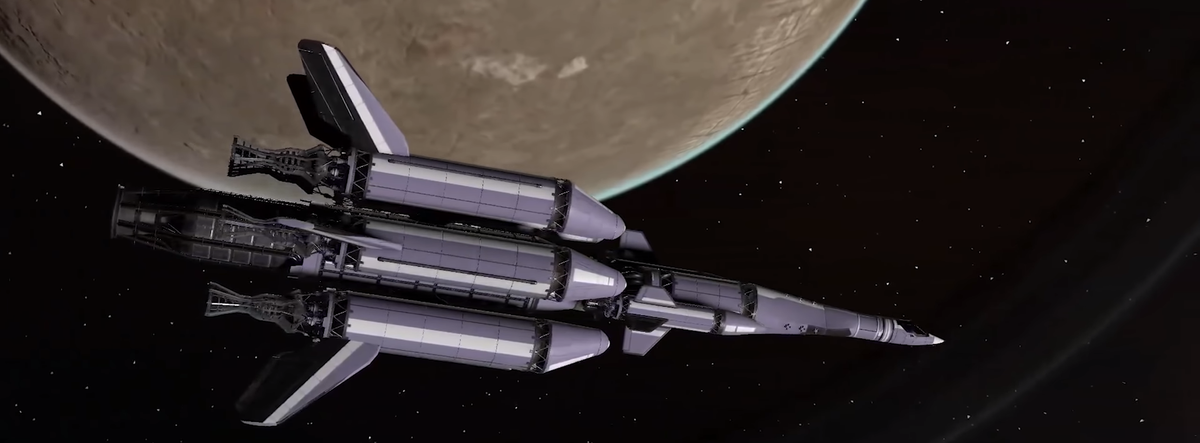

The material is manufactured into a form of carbon nanotube mesh that is built by advanced robotics facilities placed on the asteroid beforehand. In the book Red Mars we see people construct a space elevator for Mars using the material from a carbonaceous (if I recall right) asteroid. Though, any mass changes to the planet would happen over many decades if not centuries anyway so that isn't really much of a concern.Īccepting that novels are not the best source of information, I am still going to reference one in the next section with the decent assumption that, this one being a very heavily in-depth sci-fi one the author did their research well (and it seemed they did while I was reading it, at least nothing sounded outright false). What's great about the balancing game played is that Earth would essentially remain at the same mass regardless of what we did simply because we would be forced to ensure we balance everything out. While that might sound silly, an elevator would lower the cost of moving things into/out of orbit by such an amount that there would be significant profit to be made from mining the asteroid belt. One of the main ideas I can recall for dealing with the counterbalance mass would be to mine asteroids in the asteroid belt and use that material to balance out the elevator. I'm not entirely sure what you mean by counter-balancing a 10-ton rocket: with a space elevator you wouldn't need the rocket, you could just send up the half-ton of payload that that rocket would probably be carrying.

The cable might get an oscillation but that could be countered by strategic placement of control thrusters or ailerons along with a touchdown point that could keep the cable relatively taught. I do realize that the weather we have can be fairly extreme but even a nicely sealed house can withstand even the most devastating winds (as the main issue comes when it gets indoors or underneath things that it can lift with brute force alone). While I don't claim to have calculated any of it out I doubt that a cable stretching through the entire multiple thousands of kilometers into our atmosphere to be firmly anchored and balanced by the mass of a small asteroid would be affected very much by some air currents.

Kerbal Space Program 2 will allow players to go outside of the original Kerbolar System and uncover new planets, each with its own challenges to overcome.I feel like you're underestimating the amount of mass a cable of this size would have. The more you build and advance your technology, the closer you get to turning colonies into vehicle production and deep space exploration hubs.Īs you'd expect, colonizing planets can't be done without having access to interstellar travel. You'll deal with various physics challenges on these new worlds as you attempt to build the structures required for your colony to survive, while also managing fuel and resources. Indeed, one of the biggest features of Kerbal Space Program 2 is the ability to set up your own colonies on the worlds you've successfully reached. These not only refresh its gameplay but make brand new feats, like colonizing planets, possible. The sequel will feature next-generation technology, including engines, fuel, and parts that can be, more or less haphazardly, attached to each other. This includes animated tutorials, an improved UI, and fully revamped assembly and flight instructions. New players will be met with improved onboarding that should better ease them into what Kerbal Space Program 2 has to offer.

Not only has it been fully redesigned from the ground up, it will include a hefty number of new features and additions. Kerbal Space Program 2 significantly ups the ante when it comes to gameplay.


 0 kommentar(er)
0 kommentar(er)
